Game Journal
Exercises: 3.3: Interaction Patterns, 3.4: Objectives, 3.5: Procedures for Blackjack, 6.6: Do It, 10.8: Symmetrical versus Asymmetrical

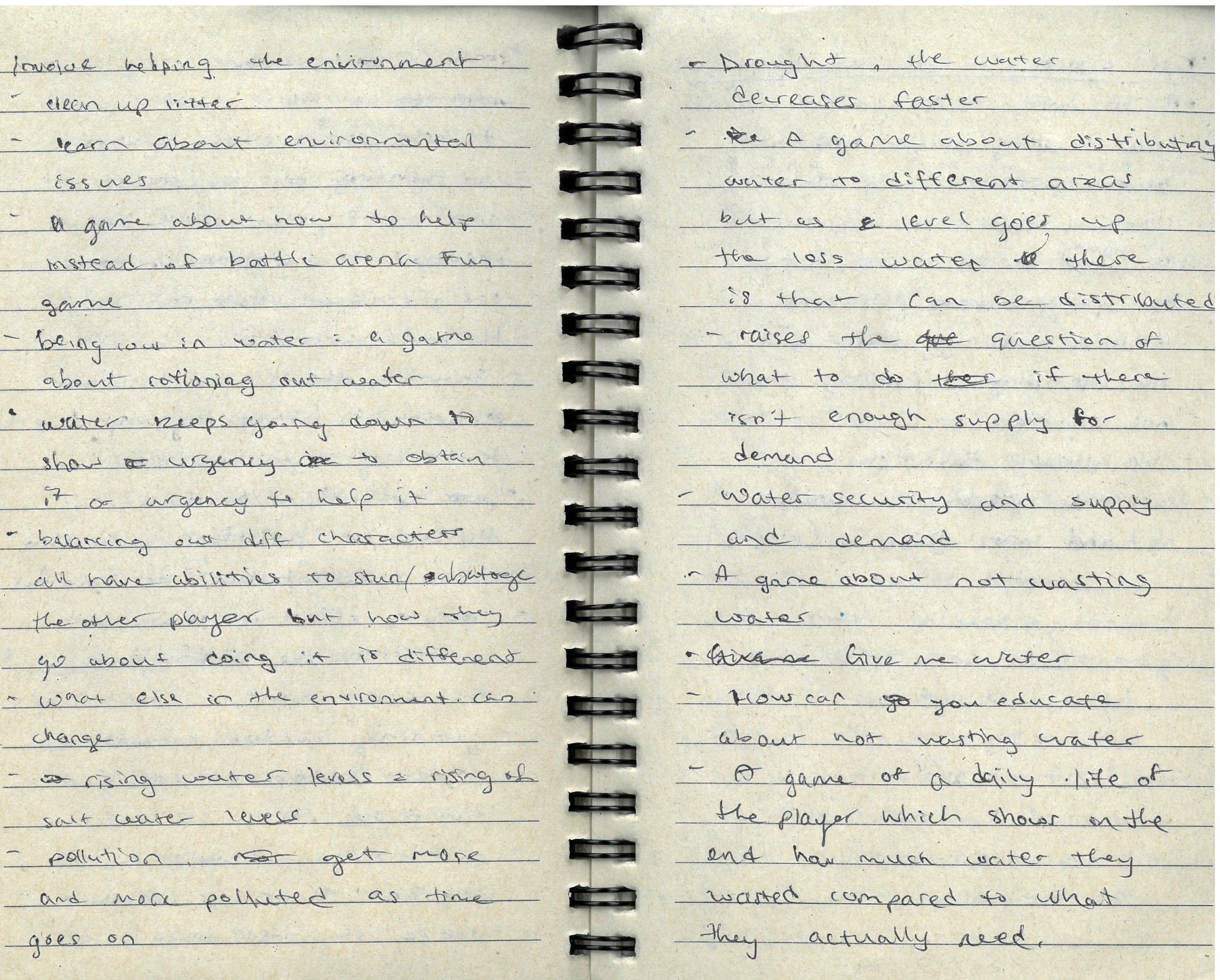
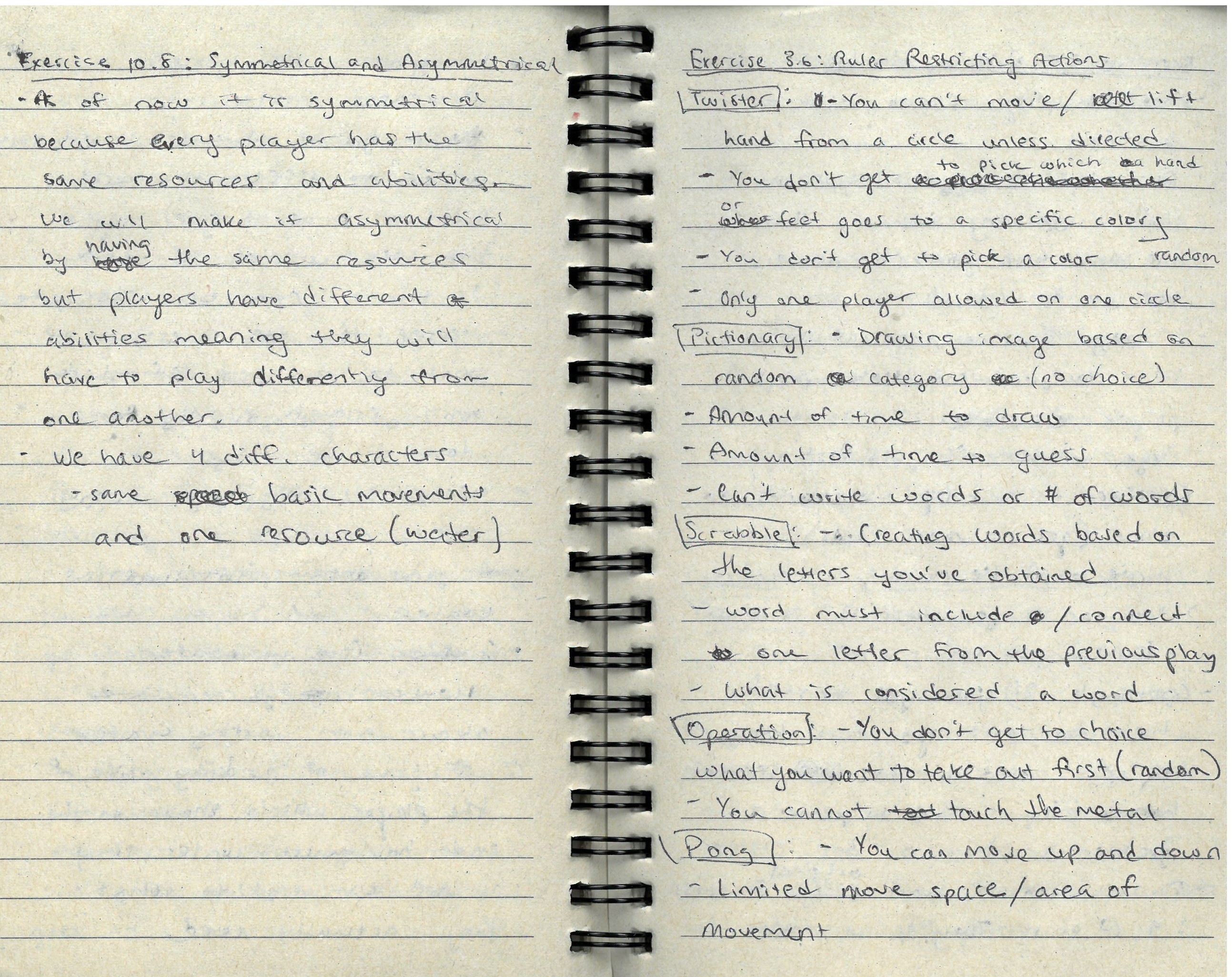
GDW Chapter 3: Working with Formal Elements
In our game, we decided it to be a four-player multiplayer game where players get to decide what kind of player they want to be. We have four players (ice character, trap character, chain character, and grass character). The type of interaction pattern that was decided for our game was a multilateral competition where players compete with one another to obtain and sustain their water supply lifeline. At first, while brainstorming for our game we thought about would make our multiplayer fun and added different characters with different abilities. Then we thought about a concept to go with it, and we decided on water scarcity/pollution as a theme. The objective of the game is to obtain and sustain your water pools or else you won't be able to survive, this includes the element of capture, as you can take from the main source, steal from other player's sources, or attack others to get their water.
GDW Chapter 10: Functionality, Completeness and Balance: Symmetry & Asymmetry
Our asymmetrical game involved having our characters have different abilities but the objective and resources are the same. I think this is a common example of an asymmetrical game. What I was more interested in, was the combination of different objectives and how you can incorporate and balance different objectives into a game. It would be interesting if these different objectives were hidden, opening up a game to social interaction about who to trust and not. Another asymmetrical interaction that is interesting is co-op against the game. Personally, I enjoy co-op against the system type games because there is a variety of ways that other players can interact with one another and how their interaction affects the game system.
GDW Chapter 12: Team and Structures
It was interesting to read about how a team is structured in game design and development. It was very insightful to see and learn what the team structure was. Reading this chapter gave a clear insight into what sort of teams there were, which contribute to the design and which contributes to distribution and marketing. Then there are multiple jobs within those teams (publisher/developer). We usually do small scale games and we usually make games in a short amount of time where since the teams are small, the job distribution often gets meshed together. and there is also no clear sense of what a person does. So it was interesting to read about each distinct job type and what people under that occupation do. After reading it, it was much clearer for me to see and understand what I was doing and how my actions pertained to a certain type of job occupation in a greater scale field. Reading about all of this also further showed to me how great communication is within a team, and if you aren't communicating often and efficiently with one another, it would make the game process so much harder.
Crawl by Powerhoof
Crawl is a multiplayer brawler indie game by Powerhoof, an Australian developer. One player plays as the Hero and the others possess monsters and traps to kills them. When you slay the hero you take their place, each player must race to gain enough XP and loot to take on the final boss. Crawl seems to be an easy game to pick up and play and it seems to be best played with friends and family. From watching videos of gameplay the game really shines as a multiplayer and since it is very quick-paced you can always reply it again and again. I think what also makes this interesting is how the players and monsters are constantly changing, so there is always a change in how the game is played.

Exercises: 3.6: Rules Restricting Actions, 3.7: Rules for Blackjack, 3.8: Utility and Scarcity, 3.9: Resource Types

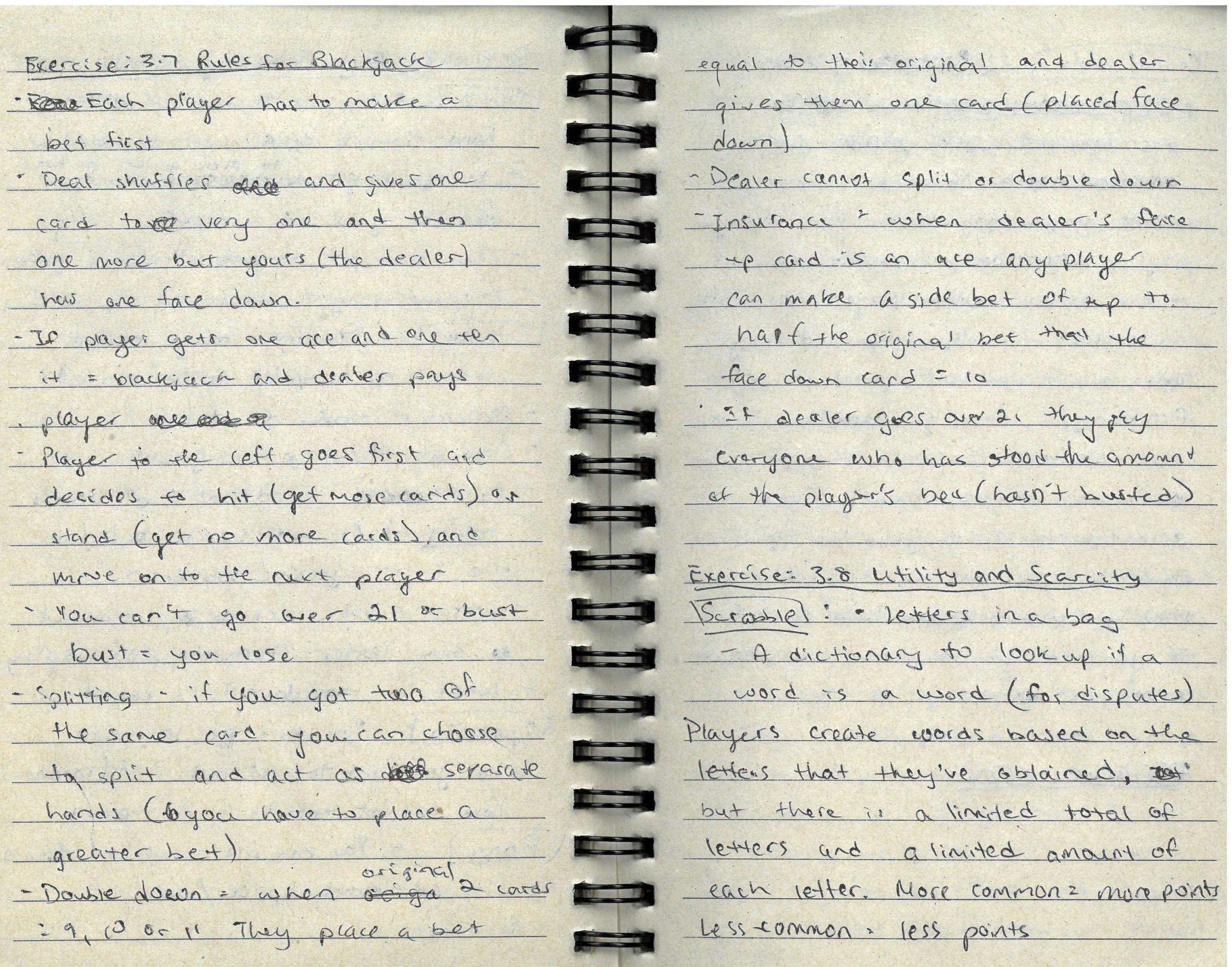
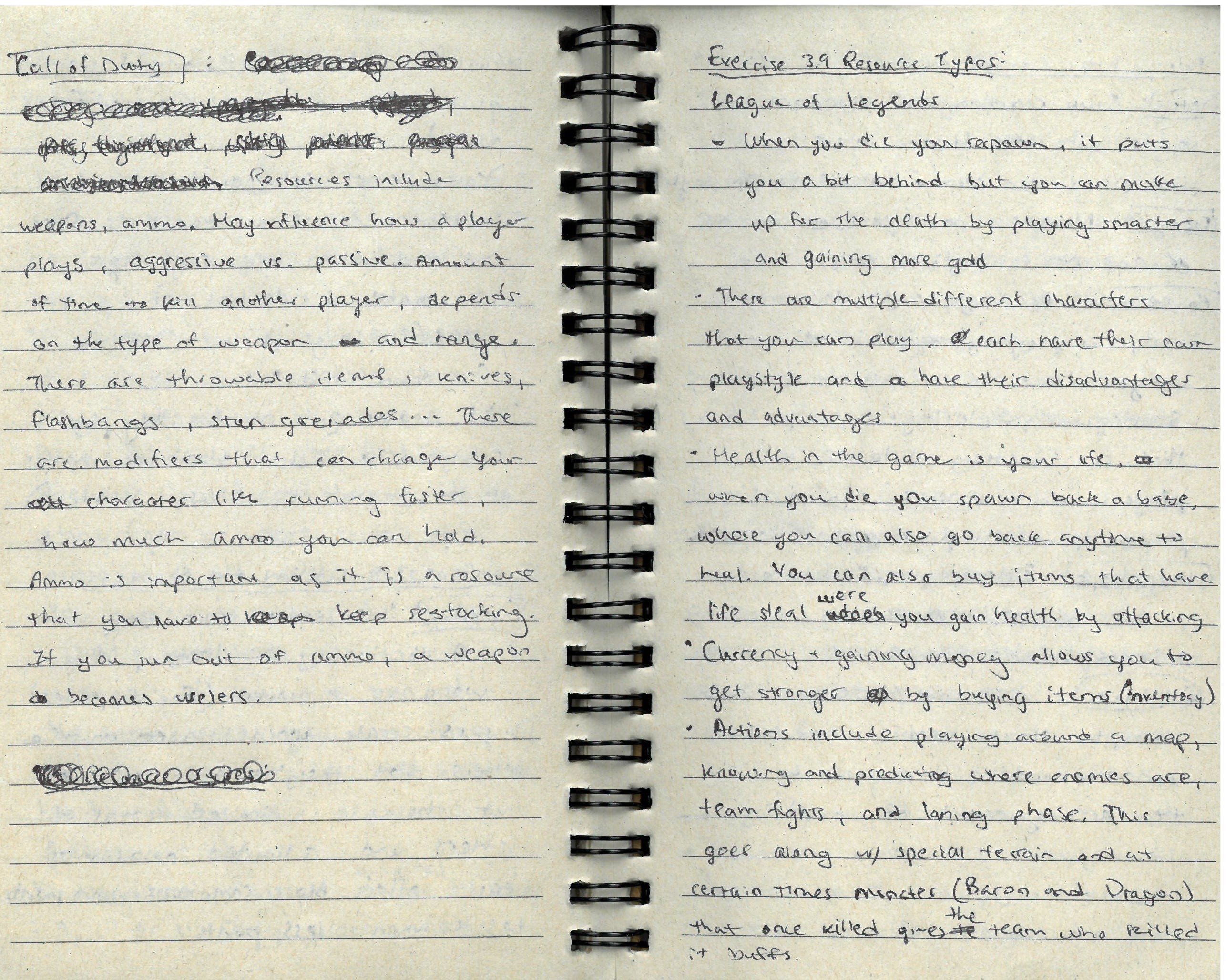
GDW Chapter 5: Sidebar: A Conversation with Will Wright
It was interesting to read about Will Wright's process of creating The Sims, mainly because I really like that game. When Will Wright said "you're trying to solve problems within the system...get somebody in The Sims to get married or whatever. The more accurately you can model that simulation in your head, the better your strategies are going to be going forward. So what we're trying to do as designers is build up these mental models in the player...your mental model of the simulation is constantly evolving." This made me think about how puzzles/levels in games are designed. In a way, these simulations are like levels because they are constantly evolving. The players learn how to interact and how to go about the world a certain way, and the game has to keep continuing to grab the player's attention. It was interesting to think about this for The Sims. It makes me wonder about how I interact with the game and how I interact with the people within this world. For instance, when playing in The Sims I interact with new people by starting with a friendly introduction because that is what I would usually do in the real world. I use my mental model of interaction in the real world and implement that while playing The Sims because I know that if I were to do a rude introduction, it would start a bad relationship with that specific character. Although I do, do that just for fun, I also think that it's what makes The Sims interesting as you can fool around and act a different way to simulate an interaction that you would normally not have in reality.
GDW Chapter 9: Playtesting
It was helpful to read about the rules of playtesting, when to do it and how it should be like, but no one playtest should be the same as it is always catered to what type of experience you want to be playtested. Reading all the rules of playtesting was interesting and insightful and it made me think about the playtest Brad conducted for an AR game. Reading this made me look back at that playtest session and think about how I interact and how I answered the questions that were asked to me. Being a playtester is also an insightful way to see how you can conduct your own playtest session.
Killer Queen (Arcade) by Nik Mikros and Josh Debonis
Killer Queen is a 10 player arcade strategy game. There are two teams, the gold team, and the blue team. The game starts with a Queen and four workers in which workers are later converted to warriors. Workers are the only unit that can collect berries (one at a time), ride the snail or use the gates, workers have infinite lives and respawn ar the hive after death. A worker can transform into a warrior when a single berry is brought to a winged gate. Warriorss have the ability to fly and carry a sword that they can use to kill other units including the queen, they cannot collect berries or ride the snail and if they die, they respawn as a worker. Unlike workers or warriors, queens are born with all the abilities as the workers and warriors. Queens can convert gates to their team color, fly, has a sword and has a special attack. She can dive downwards and kill anything in her path. There are three ways to win, the first is killing the queen three times (they can be killed by the other Queen or by warriors), a team can win by filling their hive with berries, or they can win by bringing the giant snail to their teams' basket. Communication in this game seems to be very important as there are three ways to win but it is also about deciding which way your team wants to win. Not only that but you also have to watch out for what way or direction the enemy team decides to play towards. This produces an interesting social interaction with working with your teammates against the other team, I also think it is interesting how the team members have to be close to one another as you play the game. I also liked how you can toggle between being a warrior and being a worker without having too much of a barrier to change between the two.
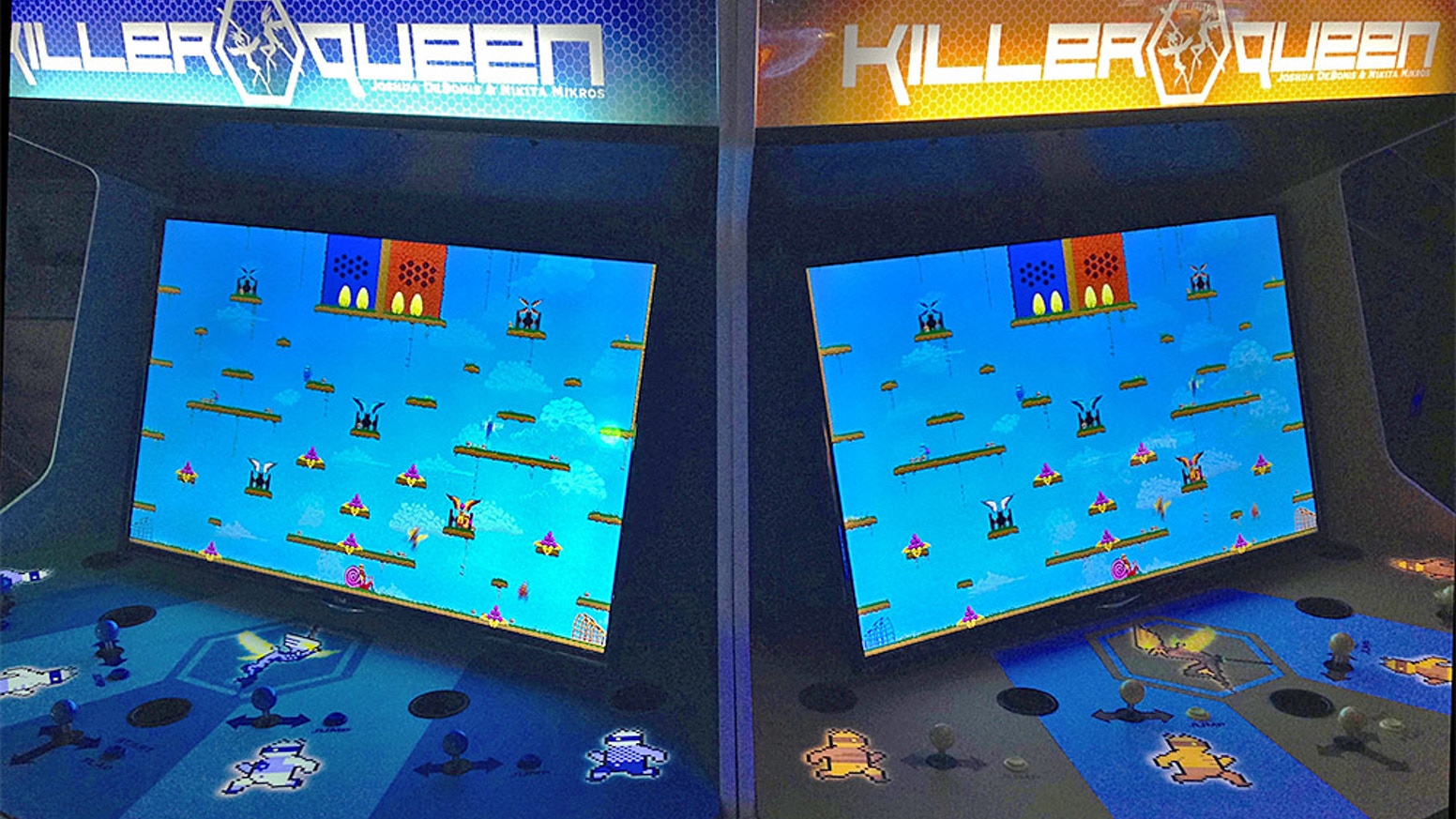
Exercises: 3.10: Conflict, 3.11: Boundaries, 3.12: Outcome, 3.13: Revised Rules and Procedures


GDW Chapter 9: Playtesting
It was interesting to read about all the different types of playtesting that one can conduct. Personally, I didn't know that there were so many ways to conduct a playtest session. You conduct playtests based on what you want to be playtested and also depending on if you want qualitative data or quantitative data. But, again depending on what information you want to gain, each playtest session is different from another. Playtesting also doesn't have to involve the whole game, it can be conducted in different sessions or parts so the playtesters themselves have their full attention on your game. If it is too long, playtesters may lose focus and not give you efficient data.
Lovers in a Dangerous Space Time by Matt Hammill, Asteroid Base
Lovers in a Dangerous Space Time is a 1 - 4 player co-op adventure game where you must work together in order to win against evil forces of anti-love. You and your team must rescue kidnapped space-bunnies to progress. The controls of the spacecraft is simple so anyone can change to different jobs quickly. The difficult part is having all players work together. Whenever my family has a gathering, we would play this game on the Playstation and every time my younger brother wants to drive the spacecraft the rest of us playing the game, know it will make the game ten times harder because of his inability to avoid walls. :D This game is fun because of how you have to talk with one another about what needs to be done or what you need help with and because you can be focused on one task, for example, moving the shield to block the spacecraft from taking damage from a wall, you might not notice an incoming army whereas other players might notice it and tell you. I also like the flexibility in the game where you can play and choose what job you want to do whenever you want, making the game also about coordinating who needs to be doing what control system at a certain time. This game also allows you to poke fun at players that are bad at that certain control system.
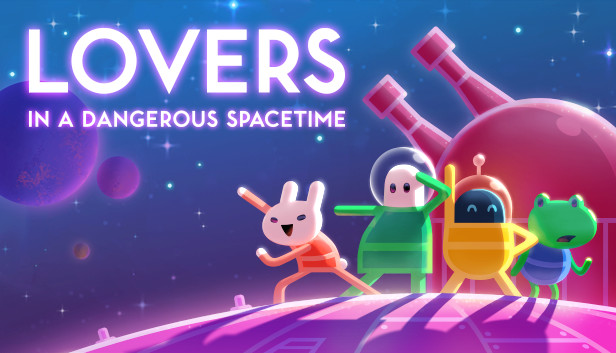

Exercises: 4.1: Making Checkers Dramatic, 4.2: Dramatic Games, 4.4: Goals and Feedback, 4.5: Player Types
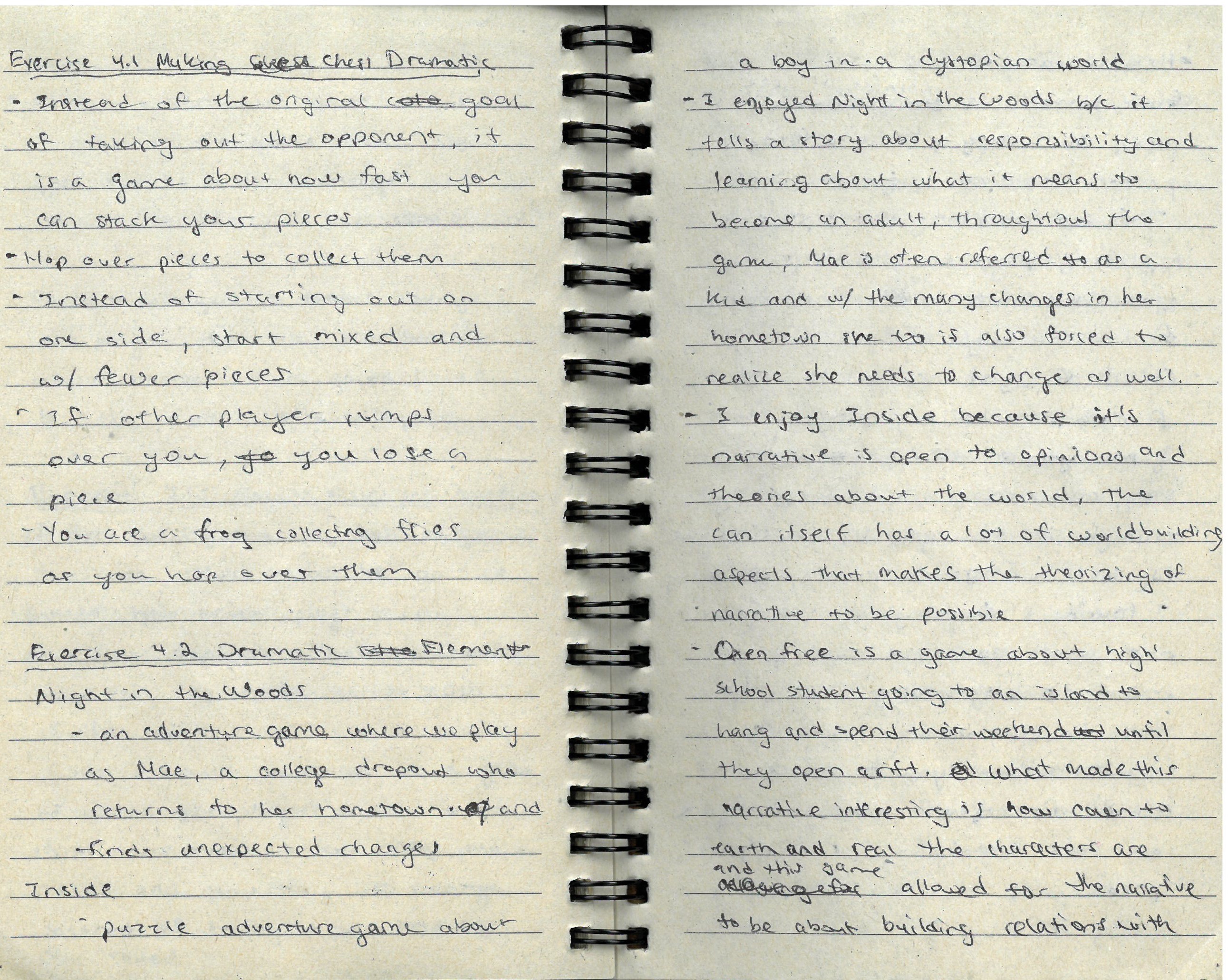
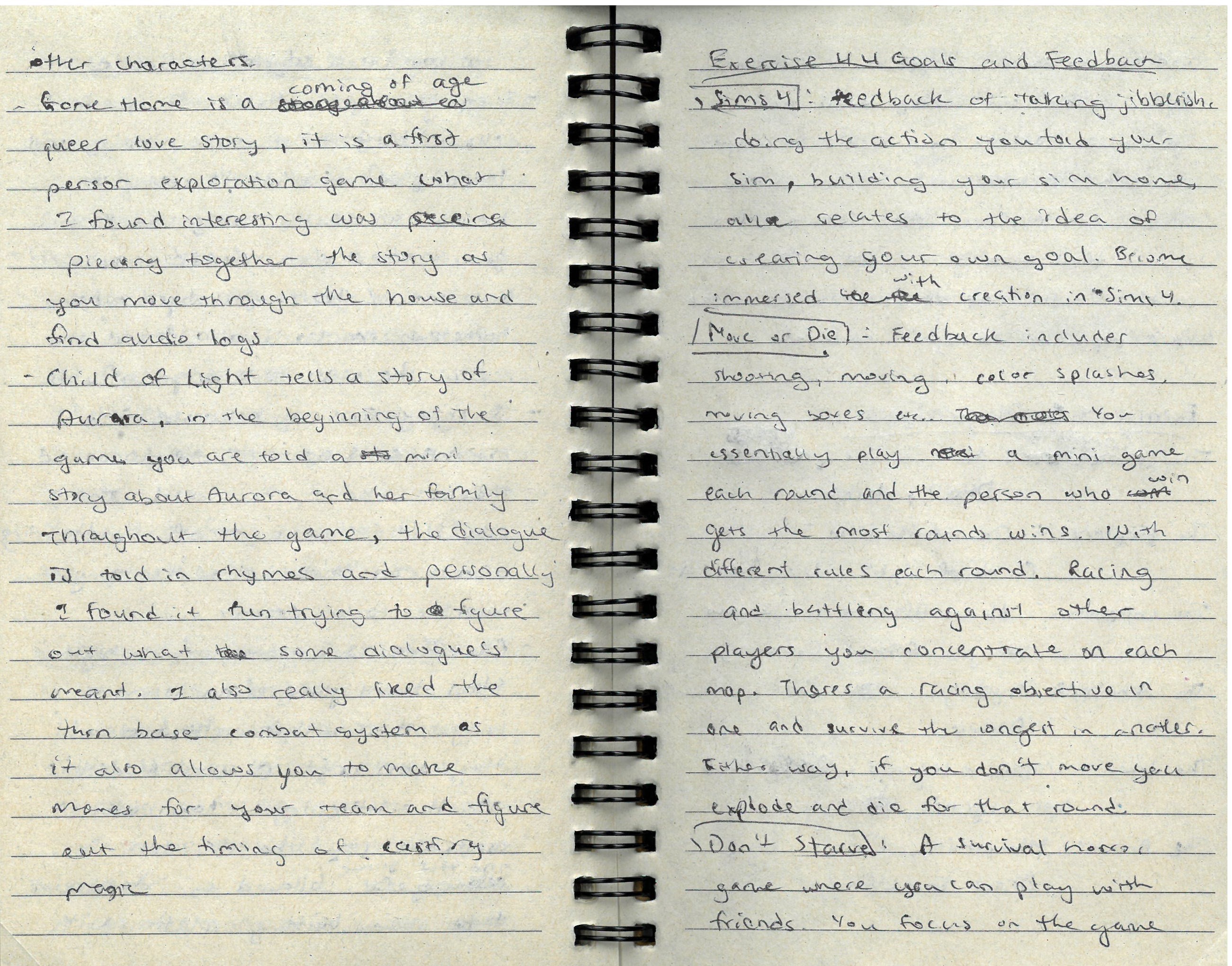
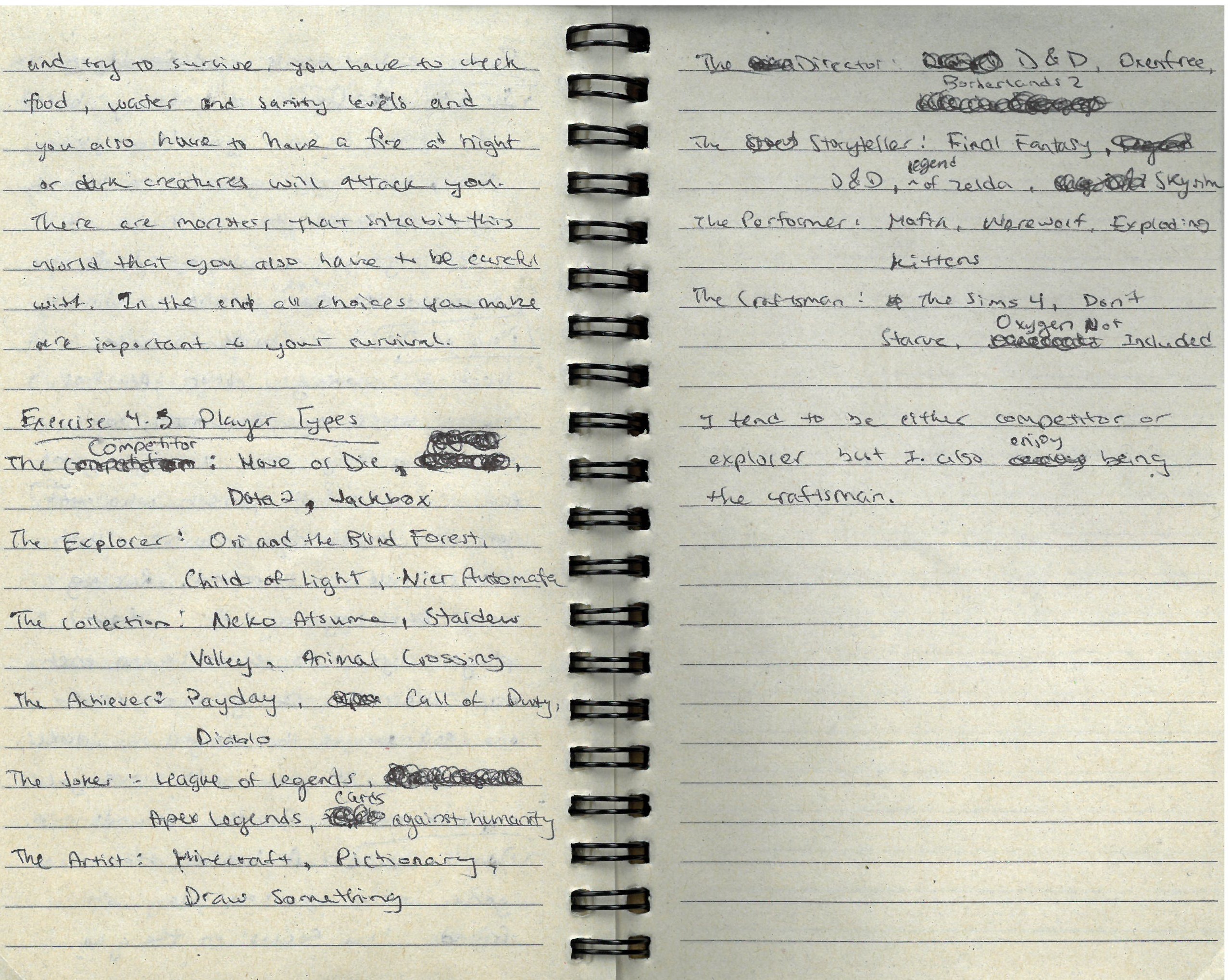
GDW Chapter 7: Prototyping Your Original Game Idea
For this game, how we visualized core mechanics was by brainstorming and thinking out loud about what type of moves of a specific character and how those moves would affect other characters. We brainstormed the ideas one character at a time and then we looked at all the ideas and began to discuss how each one would affect the other players. We then prototyped the idea onto Unity using a playtest scene to test and play the different abilties using placeholder cubes and spheres.
BaraBariBall by Noah Sass
BaraBariBall is a competitive fighting game for two or four players where you score by dunking the ball in the water of the opposing team's side. There are three characters which you can choose from, Sari a fast, technical scorer, Joshi a versatile acrobat, and Popo a heavy, powerful brawler. The circles that spin around them indicate how many jumps they have left (even in the air). There are only a certain number of buttons but it is also the combination of those buttons that determine moves. Players can throw the ball in 8 directions, depending on the direction being held when the attack button is pressed. You can charge how powerful your throw is by holding down the attack button. In this game, there is no defensive ability, but it is about what attack you use. Depending on the strength of your attacks, it determines how long both players are locked in a stun. There are also different ways to attack as you can jump and move around while attacking, you can stay in place and attack and you can charge an attack. What makes this game interesting is the combination of one attack button with either the up or down button, while you are running or standing still, and if you hold down a button or not.
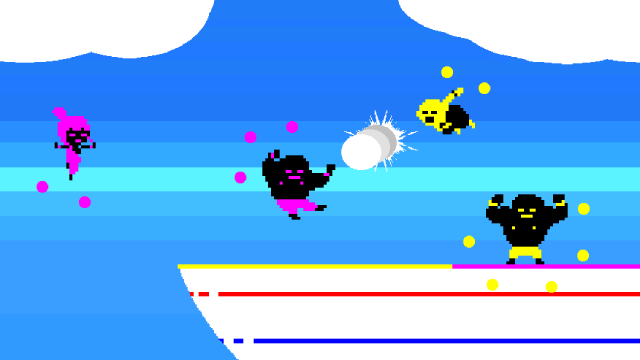
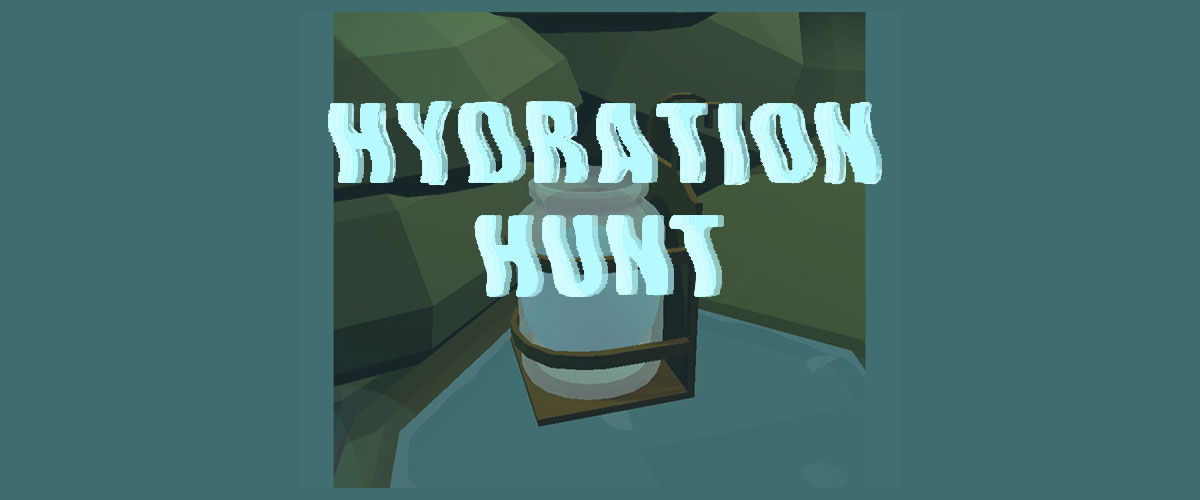
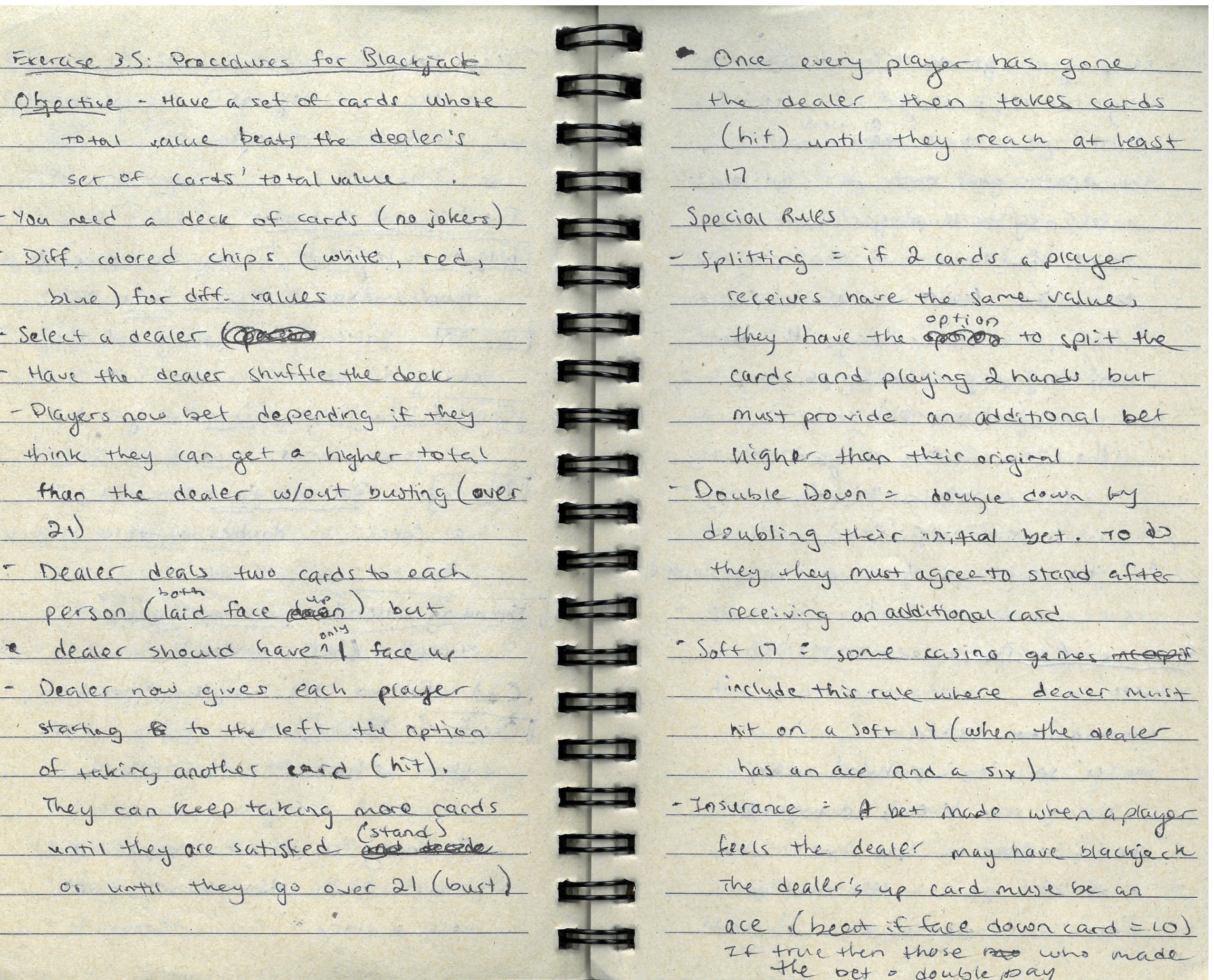

Leave a comment
Log in with itch.io to leave a comment.